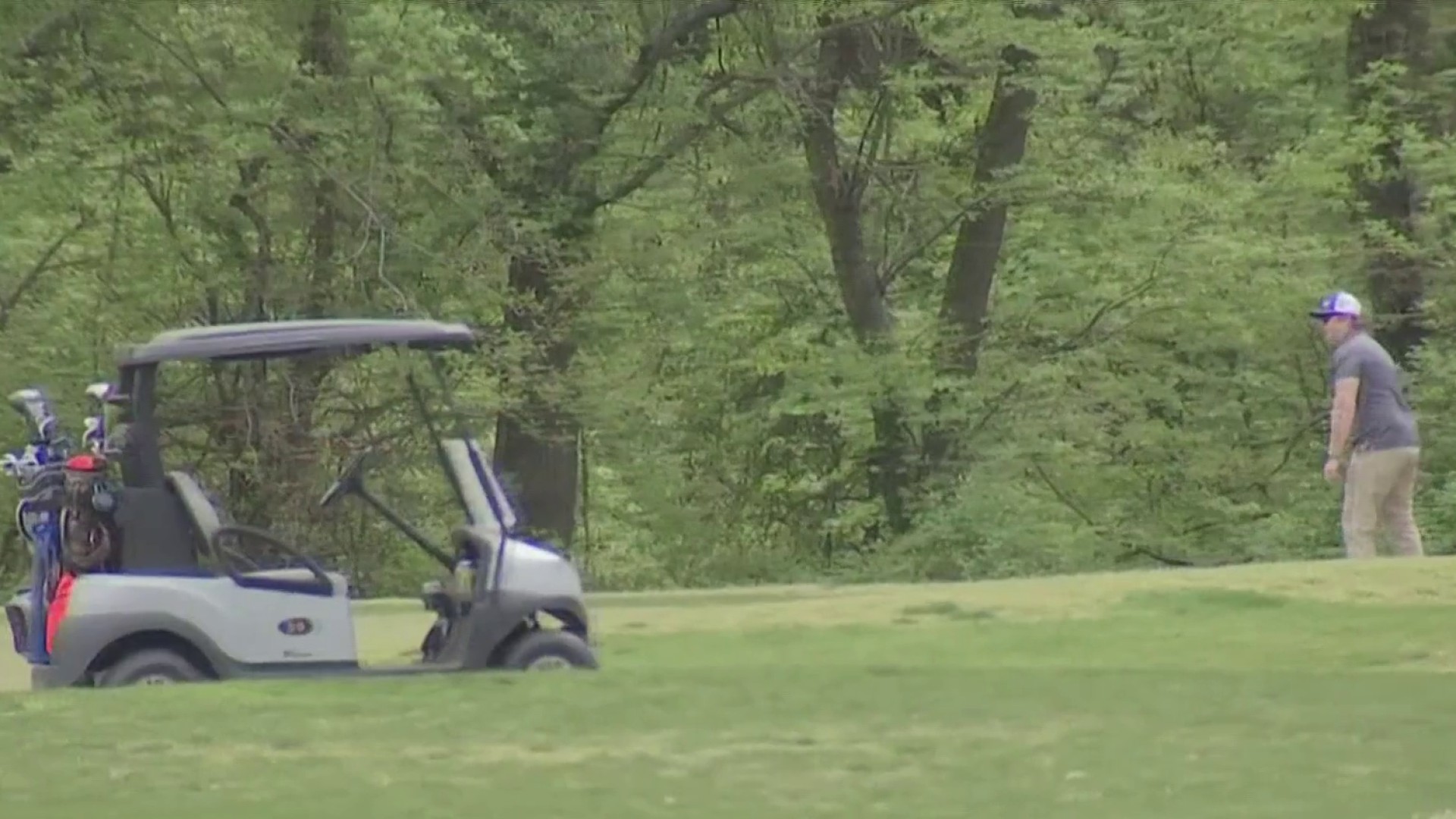Get (even more) excited! The cherry trees around the Tidal Basin have entered phase four of their blooming cycle, the National Park Service (NPS) announced Thursday.
The news comes just three days after the blossoms reached their previous phase, which means everything is moving right along.
This new phase, called peduncle elongation, is the latest in the Yoshino cherry trees' six blooming phases. The name tends to spark some strong reactions, including on the NPS team.
We're making it easier for you to find stories that matter with our new newsletter — The 4Front. Sign up here and get news that is important for you to your inbox.
Storm Team4 Meteorologist Amelia Draper is now predicting the cherry blossoms' much-anticipated peak bloom to happen between March 30 and April 3. Draper had previously forecast peak bloom for April 4-9 but moved up the dates this week due to recent warm weather.
You can safely watch the beauty unfurl from home.
"The #BloomCam is live! Watch the #cherryblossoms develop & enjoy their spring beauty from the comfort of your home," the NPS tweeted Thursday morning. "And now that the blossoms are at peduncle elongation–the 4th of 6 stages–we're even closer to peak bloom."
Local
Washington, D.C., Maryland and Virginia local news, events and information
Cherry Tree Varieties, by Bloom
Source: Getty Images, Flicker
Credit: Anisa Holmes / NBC Washington
Cherry Blossom Access Could Be Cut If Crowds Make Social Distancing Impossible
One important thing to keep in mind if you're hoping to see the blooms in person: Park officials have been warning that if crowds get too large, access will be shut down for safety reasons.
What kind of crowd would force a closure? Mike Litterst of the National Park Service (NPS) said Wednesday that officials will just be able to tell if the crowd gets too large.
“It is a judgment call, but it is based on the CDC guidance of 6-foot social distancing and the city’s mass gathering limitations of 50 people,” Litterst said.
The restrictions would apply to people on foot as well as those in vehicles, the NPS said.
All the Neighborhood Cherry Blossom Trees in the District
Cherry trees on non-federal land in D.C., color-coded by type of tree and sized according to the tree's diameter. Click on the magnifying glass at the bottom of the map to search for your address.
Source: D.C. Department of Transportation (DDOT) Street Spatial Database (SSD)
Credit: Anisa Holmes / NBC Washington



